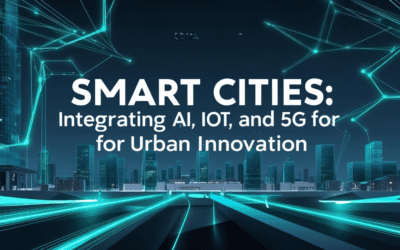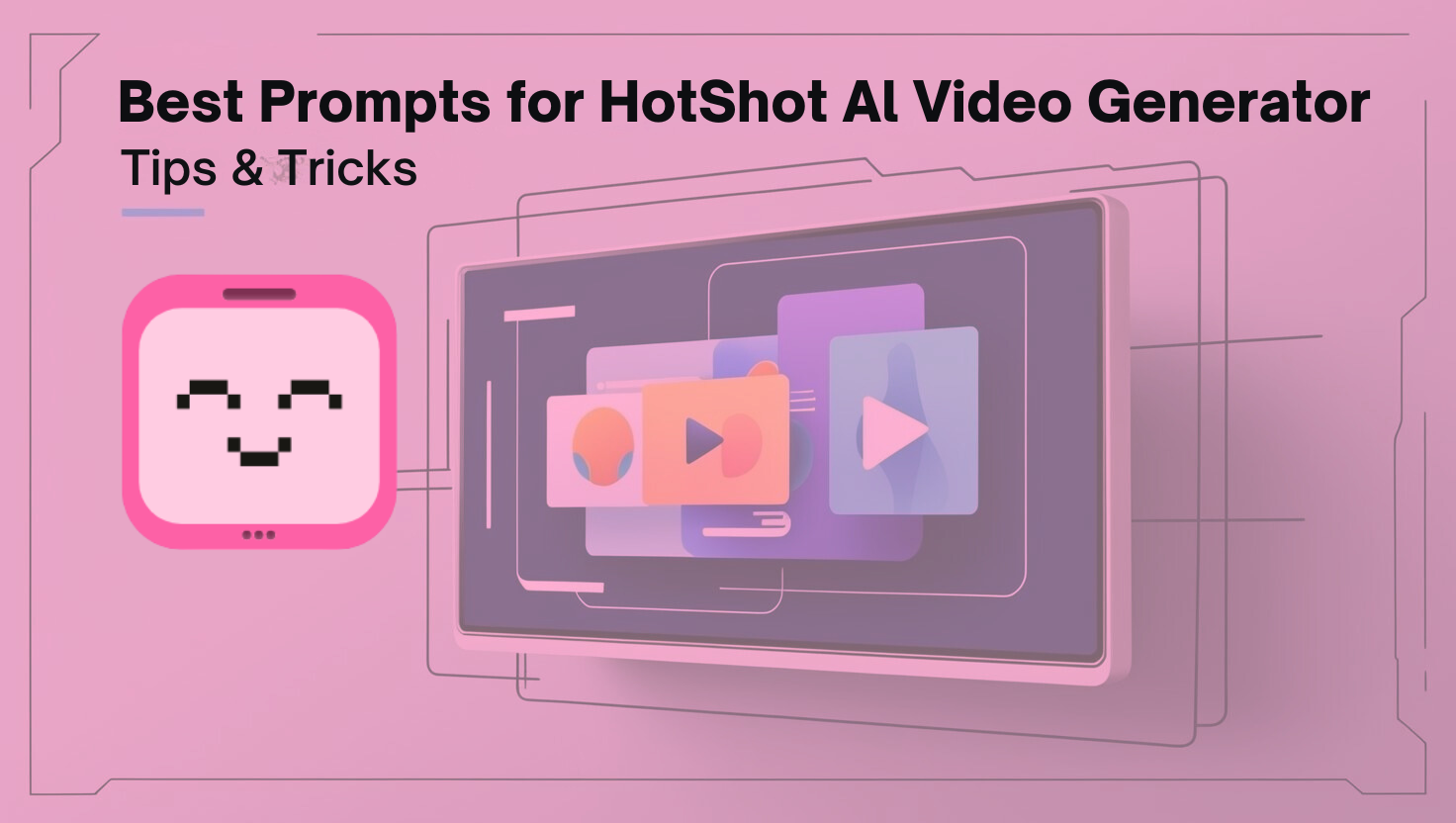Did you know 2.6 billion people—one-third of humanity—will remain offline in 2023 (ITU)? This stark digital divide limits education, healthcare, and economic growth. But from satellite internet to grassroots initiatives, digital divide solutions are transforming access. In this post, we explore cutting-edge technologies, global programs, and actionable strategies to bridge this gap.
Understanding the Digital Divide
What Is the Digital Divide?
The digital divide refers to disparities in access to technology, internet connectivity, and digital literacy. It manifests in three key areas:
- Access: 37% of the global rural population lacks internet vs. 19% in urban areas (World Bank).
- Skills: 56% of adults in low-income countries lack basic digital skills (ITU).
- Affordability: 1GB of data costs 6% of monthly income in low-income nations (Alliance for Affordable Internet).
Technologies Addressing the Digital Divide
1. Satellite Internet Innovations
- Starlink: SpaceX’s low-orbit satellites provide high-speed internet to remote regions like Alaska and Rwanda. Over 1.5 million users are connected globally.
- OneWeb: Partners with governments to deploy broadband in hard-to-reach areas, targeting 100% global coverage by 2025.
2. Community Wi-Fi and Mesh Networks
- Google Station: Provided free Wi-Fi at 7,000+ locations in India and Nigeria before sunsetting in 2020.
- LibreRouter: Open-source hardware enabling communities to build affordable, decentralized networks in Latin America.
3. Low-Cost Devices
- One Laptop per Child (OLPC): Distributed 3 million laptops to children in 40+ countries, boosting digital literacy.
Initiatives and Programs for Equitable Access
Global Partnerships
- UNESCO’s Digital Literacy Initiative: Trained 1 million teachers in Africa and Asia since 2021.
- World Bank’s Digital Economy for Africa: Aims to connect 1.1 billion Africans by 2030 through $25 billion in investments.
Government-Led Efforts
- USA’s Affordable Connectivity Program: Subsidizes internet for 21 million low-income households.
- India’s Digital India Campaign: Expanded rural broadband access to 600,000 villages.
Case Studies and Success Stories
Rwanda’s Drone Delivery Network
- Zipline: Uses drones to deliver medical supplies to remote clinics, supported by 4G connectivity. Serves 25 million people across Rwanda and Ghana.
Kenya’s Mobile Money Revolution
- M-Pesa: 73% of Kenyan adults use this mobile payment platform, driving financial inclusion and entrepreneurship.
Challenges and Future Directions
Obstacles to Overcome
- Infrastructure Costs: Deploying fiber optic cables in remote areas can cost $30,000 per mile.
- Policy Gaps: Only 30 countries have national broadband strategies (World Bank).
The Road Ahead
- AI-Driven Networks: Google’s Project Taara uses AI-powered lasers to beam internet across Congo’s rivers.
- Public-Private Partnerships: Meta’s $1 billion pledge to partner with U.S. schools and hospitals.
How You Can Help Bridge the Divide
- Donate Devices: Organizations like Human-I-T refurbish tech for underserved communities.
- Advocate: Support policies like the UN’s Sustainable Development Goal 9 (universal internet access by 2030).
- Volunteer: Teach digital skills via platforms like Digital Promise.
Conclusion
Digital divide solutions are not just about connectivity—they’re about equity. By leveraging technology, policy, and collective action, we can ensure everyone benefits from the digital age.
Act Now: Share this post, support a local initiative, or lobby for inclusive tech policies.
Sources:
- ITU, Facts and Figures 2023
- World Bank, Digital Dividends Report
- Starlink Coverage Map
- UNESCO Digital Literacy
Empower change with The ProTec Blog—your guide to a connected, equitable world.


















